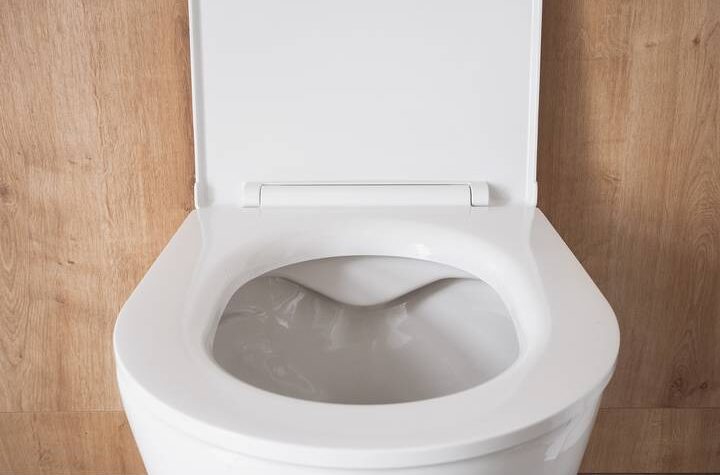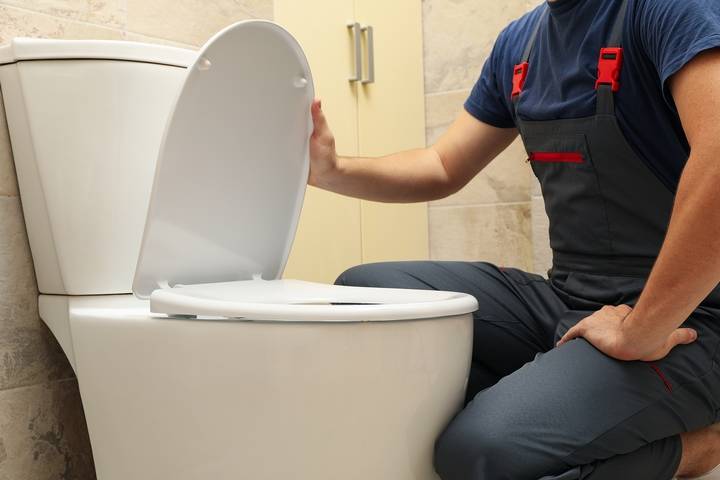A constantly running toilet is not just an annoyance. It’s a constant reminder of potential water wastage and an impending dent in your utility bills. The continuous sound of running water can be maddening, but fear not.
There are several straightforward solutions to tackle this issue and restore peace to your bathroom. In this comprehensive guide, we’ll explore the common reasons behind a running toilet and provide practical steps to fix the problem. There are some more advanced solutions to diagnose and fix the issue.
Here is what to do if the toilet keeps running:
Understanding the Culprits
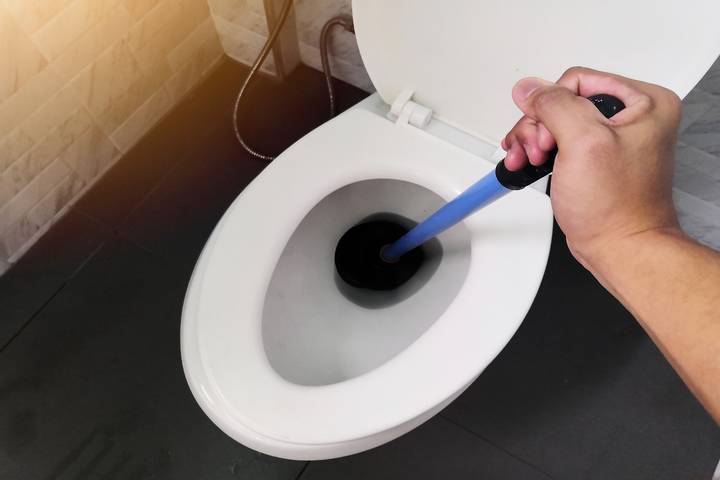
Before diving into the solutions, one must grasp the potential culprits behind a running toilet. Many different parts of the tank keep your toilet running properly. Several components within the toilet tank can malfunction and cause the water to flow continuously.
The most common issues include a faulty flapper, a malfunctioning fill valve, or an imbalanced float. Luckily, these issues are fairly straightforward to repair. For more complex issues, they can be fixed with a plumber.
Check the Flapper
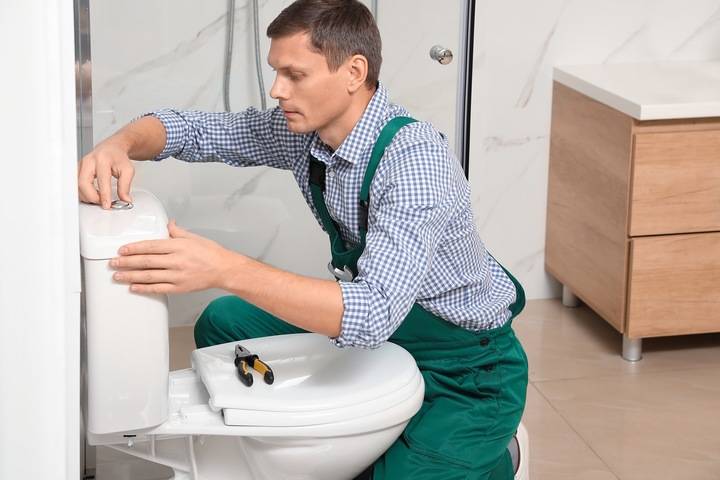
The flapper is a rubber mechanism located at the bottom of the tank. Its primary function is to seal the flush valve and prevent water from continuously flowing into the bowl. Over time, the flapper can wear out, become cracked and hard, or become misaligned, leading to an imperfect seal and a constantly running toilet.
To check and replace the flapper, turn off the water supply to the toilet. Then, you can flush the toilet to drain the tank and examine the flapper for signs of wear or damage. If the flapper is misaligned, damaged, or appears old, you can detach the old flapper and install a new one.
Inspect the Fill Valve
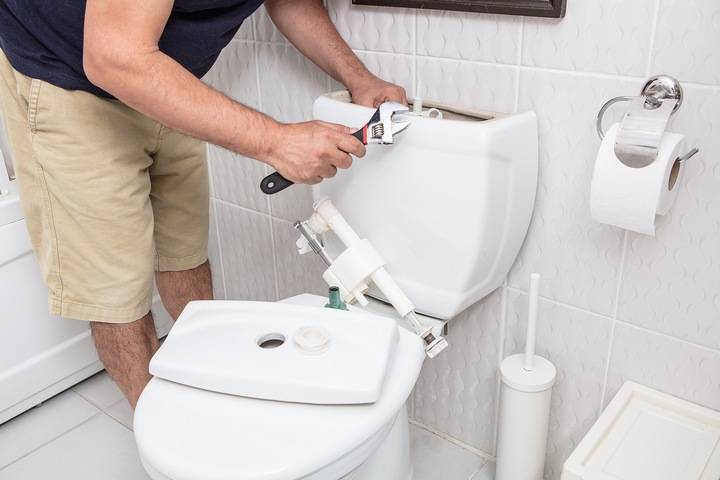
The fill valve regulates the water level in the tank after each flush. If it malfunctions, it can cause the water to continuously flow into the overflow tube. This not only wastes water (and money) but also creates that irritating sound of a running toilet.
To inspect and replace the fill valve, you first want to turn off the water supply. Then, flush the toilet to drain the tank and disconnect the water supply line from the fill valve. Remove the old fill valve and install a new one according to the manufacturer’s instructions.
Evaluate the Float
The float is responsible for controlling the water level in the tank. If it’s imbalanced or damaged, it can lead to an overflow and a perpetually running toilet.
To troubleshoot the float, adjust the float level by bending the float arm downwards to lower the water level or upwards to increase it. If the float is damaged, consider replacing it with a new one.
Check for Leaks
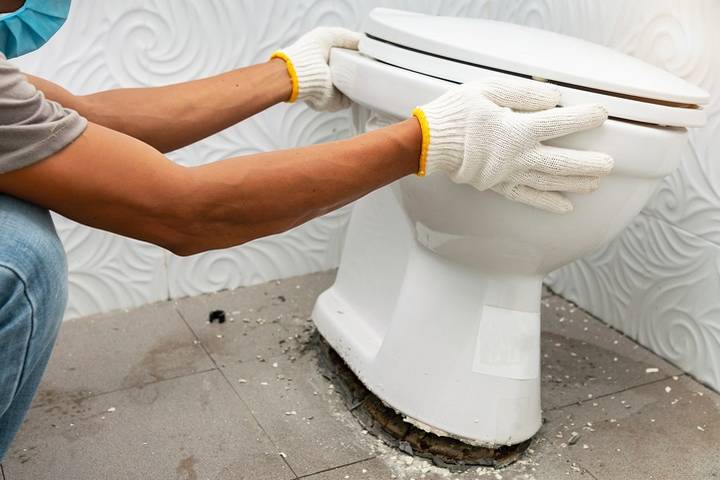
A toilet that won’t stop running may also indicate an unnoticed leak. To detect leaks, add a few drops of food colouring to the toilet tank and wait for about 30 minutes without flushing. If the water in the bowl changes colour, it indicates a leak.
Once you know where the leak is coming from, you can fix the source of the leak. Common causes of leaks include worn-out flappers, faulty fill valves and damaged flush valves.
Inspect Chain Length
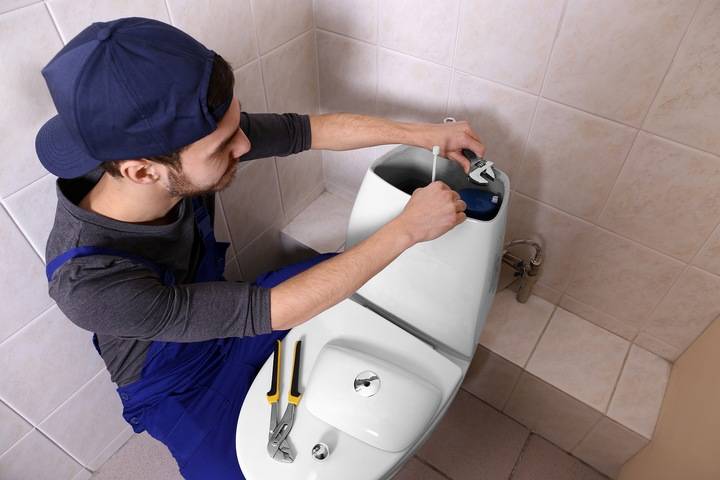
The flapper is connected to the toilet by a chain. If this chain is too long or too short, it can cause the flapper to create an imperfect seal.
Open up your toilet tank and inspect the chain. If it appears too long or too short, consider replacing it with the correct length.
Advanced Solutions
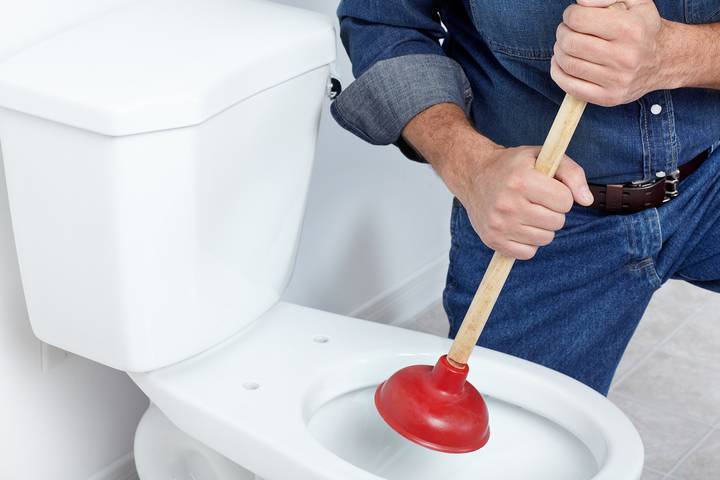
If the basic troubleshooting steps don’t resolve the issue, you may need to explore more advanced solutions. Of course, if you don’t feel confident in your DIY plumbing abilities, you can always call a plumber to inspect the toilet.
Clean the Flush Valve and Seat
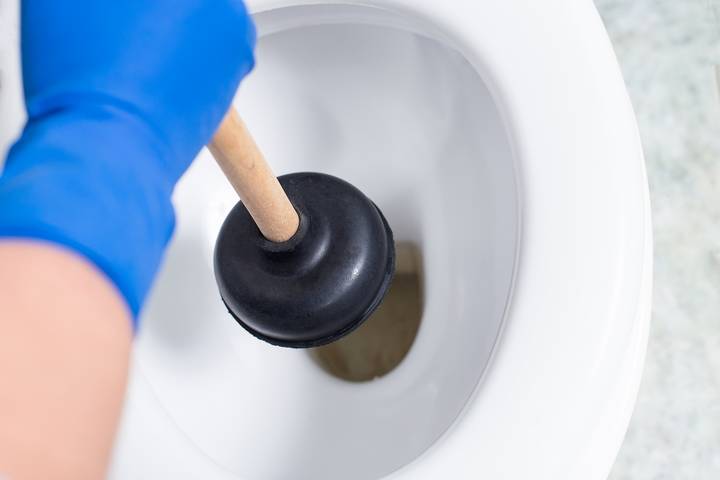
Mineral deposits and debris can accumulate on the flush valve and seat, preventing a proper seal and causing a running toilet. To clean these components, you will first turn off the water supply and flush the toilet to drain the tank.
Next, use a sponge or cloth to remove deposits from the flush valve and seat. Lastly, turn the water supply back on and check if the issue persists.
Adjust the Water Level
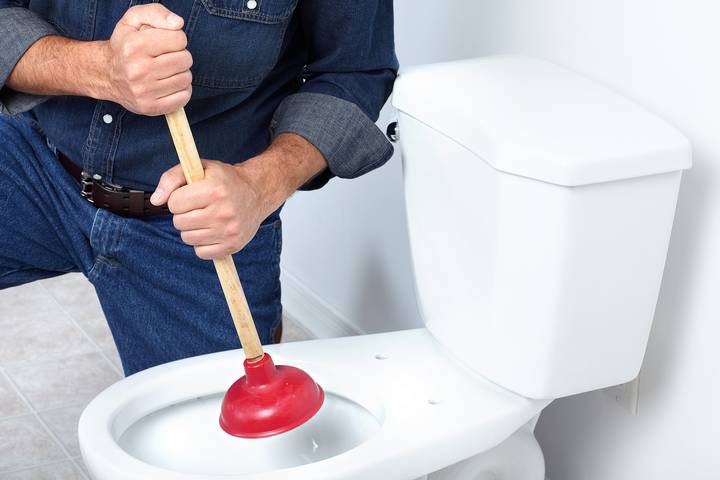
An imbalanced water level can also lead to a running toilet. To adjust the water level, you must locate the adjustment screw on the fill valve.
Next, turn the screw clockwise to decrease the water level or counterclockwise to increase it. Finally, flush the toilet and observe if the problem is resolved.
Replace the Entire Fill Valve Assembly
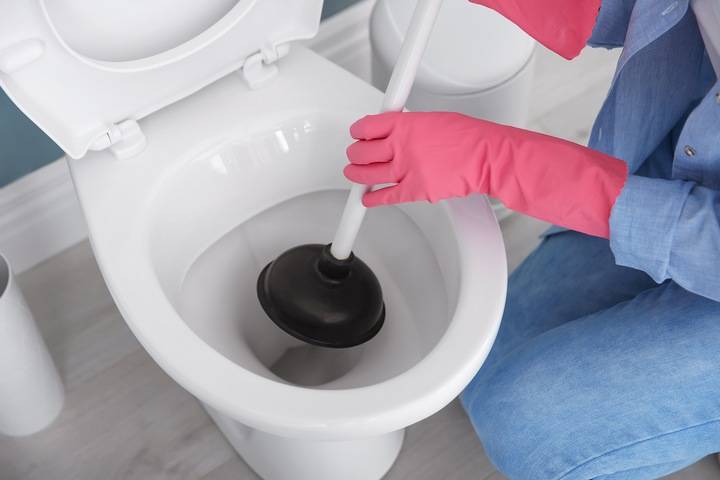
If all else fails, replacing the entire fill valve assembly may be necessary. This involves removing the old assembly and installing a new one, following the manufacturer’s instructions.

